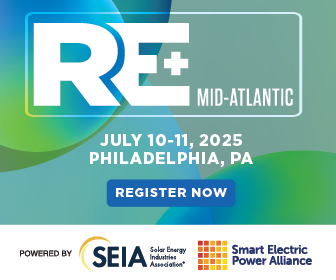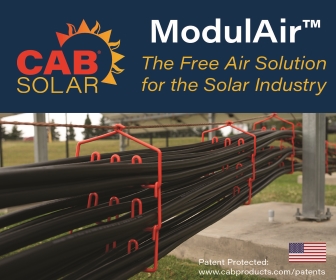Overcoming Obstacles in Wind Energy Construction
Contractors and developers in today’s renewable industry face many challenges—from the planning and permitting stage, all the way through construction. This is especially true for constructors of wind energy farms, whose role in a project may take years.
Choosing the site
Although access to the electric transmission grid is one of the biggest factors in a potential new project’s site selection, several other limitations make choosing an appropriate location more difficult. The site for a wind farm must be able to accommodate wind speed, variability, availability of land, and the ability for the ground to support the weight of often more than 1,000 tons.
Then, there’s the logistics of getting huge equipment pieces to the area, possible environmental concerns, and the legalities of contract development. With the remote locations of many wind sites, it’s also sometimes necessary to build suitable roads to transport large turbines, and to use specialized trucks to carry equipment from the manufacturing site.
For the many wind turbines placed in rural areas, building a strong relationship with the community is also an important piece of the planning stage. Residents may be resistant to wind farms based on many factors, including large amounts of noise and visually imposing structures. In many cases, gaining community trust must precede breaking ground.
The right people
Whether it’s the engineers who are planning the civil, electrical, and environmental design of the structures, or the machinists, welders, and electricians onsite, the work force for wind is specialized with unique training needs.
Like all energy projects, highly educated engineers are required to bring a wind energy project to fruition. Beyond the basic licensure and education necessary to perform these tasks, engineers must also have additional training for weeks or months prior to assignment, in addition to on-the-job training. As wind power is a fairly new discipline, it may be difficult for project managers to find candidates with the years of experience required.
Although not all crafts are represented on a wind farm jobsite, many of the same needs are present, including electricians, welders, assemblers, and quality control inspectors. Some crafts people can easily translate experience on previous non-wind energy sites, while others must take additional training in preparation for the job. Of course, safety prevails as the most important requirement of any project.
Wind projects also require more civil engineering and construction skills than traditional gas-or-coal-fired power plants. Plus, more road and underground utilities are needed. Crane operators and high-lift portable cranes are key. Because of the recent surge in wind power, it can be difficult for contractors to find workers with a background specific to the industry, causing additional work for a project manager and the hiring decision-makers.
The American Wind Energy Association (AWEA) estimates that 85,000 Americans are employed in wind energy, mostly in the Midwest, Southwest, and Northeast regions of the United States, with California, Iowa, and Texas employing the most.
Transmission
The need to build or upgrade transmission lines for a wind energy project accounts for higher risk to the contractor and developer, and can result in challenges throughout the negotiation process. The aging US electrical transmission grid also presents issues, such as limited geographic capacity, difficulties with scheduling, and construction delays. Further complicating the issue is the fact that most wind farms are built in remote areas of the country, where these resources are at their lowest.
In many cases, as part of the wind construction efforts, transmission lines present a large part of the effort, which increases costs and reduces the feasibility of a project, causing developers to take on the risk of the wind project and the eventual transmission expansion. One solution to this problem has been successful in Texas, where the Electric Reliability Council of Texas (ERCOT) ensures a reliable grid and takes on additional costs for transmission lines based on state policy. Another option, Smart Grid, has made strides in adding efficiency to the system, however, some fear it could also reduce resilience.
Energy policies
The ever-changing political sphere is a continued consideration when building wind farms, just as it is for other renewable energy projects. The biggest energy policy concern is the debate over whether to continue federal subsidies that are currently available. So far, those have been only extended for one or two years at a time, but there’s much debate each time these come up for renewal.
The most recent law enacted in this area, The American Recovery and Reinvestment Act, opened doors to the renewable industry, but also left many unanswered questions related to project qualifications and long-term project support and success. Some of these questions can be tough to answer with an uncertain political climate and environmental concerns on the rise.
Continued growth
Despite difficulties with wind farm development, it continues to be the fastest growing sector in renewable energy. Although wind represents a small segment of the overall energy portfolio, it makes up around 50% of renewable sectors compared to solar power, hydroelectric, geothermal energy, and biomass.
According to AWEA, since 2000 wind energy has jumped from under 3,000 megawatts (MW) of power to 35,000 MW—that’s enough to power 9.7 million homes. Experts expect the trend to continue throughout the next decade, meaning wind energy construction challenges will continue but, hopefully, will also lead to new solutions, technologies, and to new projects.
Zachry Industrial, Inc.
www.zhi.com
Author: Lydia Adams












